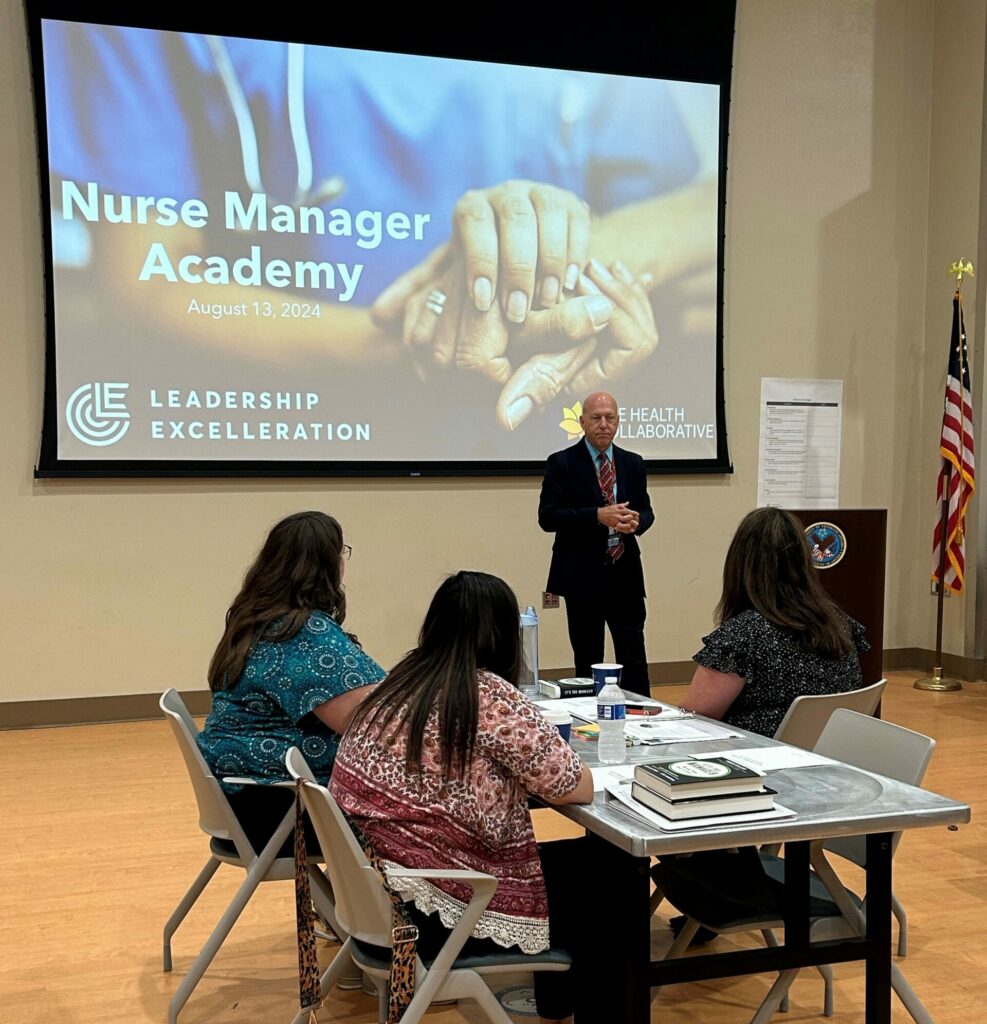The Cincinnati Business Courier recently interviewed Hope Arthur, Executive Director for Workforce Innovation and Jason Bubenhofer, Senior Manager for Business Intelligence from The Health Collaborative, and representatives from Cincinnati Children’s, Interact for Health, and TriHealth regarding healthcare workforce shortages in the tristate area.
In Cincinnati, the overall job vacancy rate in the healthcare sector dropped to 8.5% in 2023 from 10.4% in 2022, as reported by the Health Collaborative. The region’s largest employer, healthcare, has approximately 140,000 employees and 13,000 open positions. Factors affecting the workforce include returning employees (part-time, telehealth, or temporary work), retiring baby boomers, and varying needs for doctors across systems.
“There’s strides being made, but it’s a marginal improvement,” said Hope Arthur, the Health Collaborative’s executive director for workforce innovation. “This was something that was exacerbated by the pandemic. You can’t undo a pandemic overnight.”
“It represents the loss of decades of experience. The boomers did not replace themselves in the marketplace with their children and grandchildren,” Arthur said.
Out of 60 surveyed roles, 15 had vacancy rates over 10%, down from 21 the previous year. Nursing shortages persist, with 11% of registered nurse positions vacant, 9.8% for nurse practitioners, and 8.9% for licensed practical nurses. TriHealth is consistently recruiting 750-1,000 nurses.
“The extreme shortages are not quite as prevalent,” said Jason Bubenhofer, the Health Collaborative’s senior manager for business intelligence.
Behavioral health roles, especially social workers, are also in shortage, with an 8% vacancy rate. The demand for behavioral health services has surged 350% since the pandemic. To address shortages, Children’s Hospital has created educational pipelines with local universities.
There is a flip side to the employee shortage, noted Bubenhofer.
“There’s tons of opportunity for young people,” he said. “It can really get you on a path to starting a family and a professional career.”
The full article can be found in the Cincinnati Business Courier as part of the Courier’s Workforce Development Issue, in print June 7.







